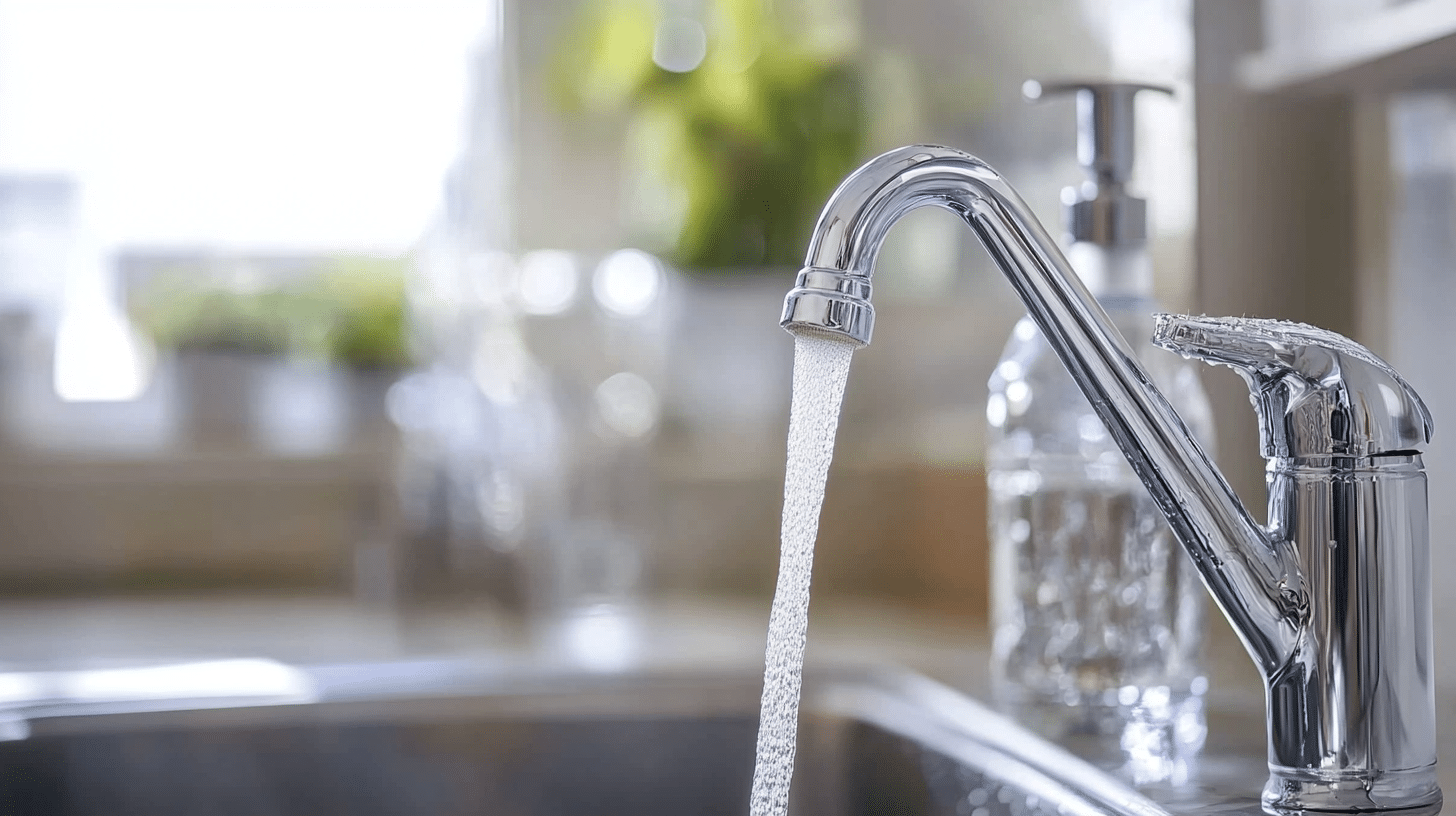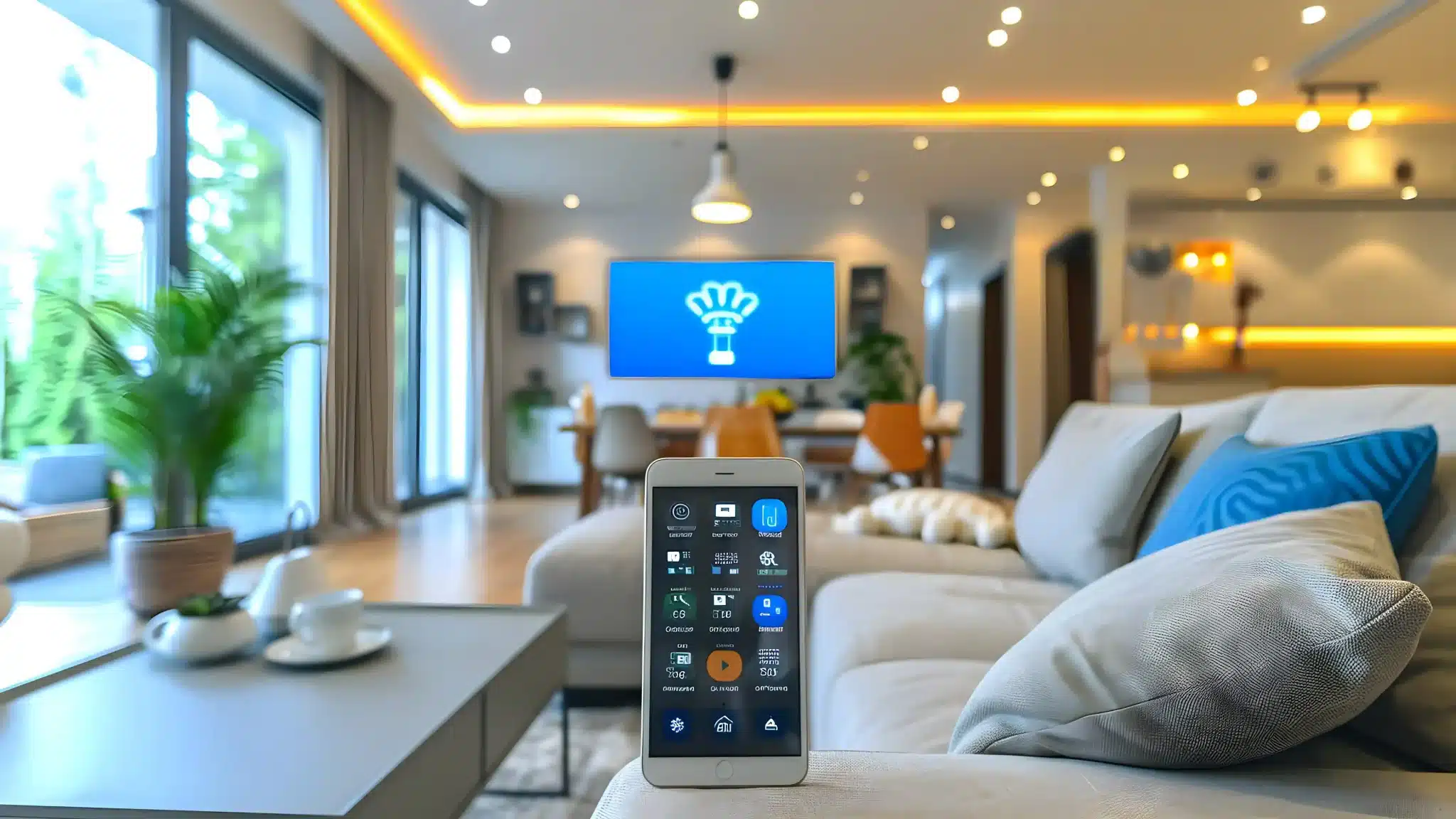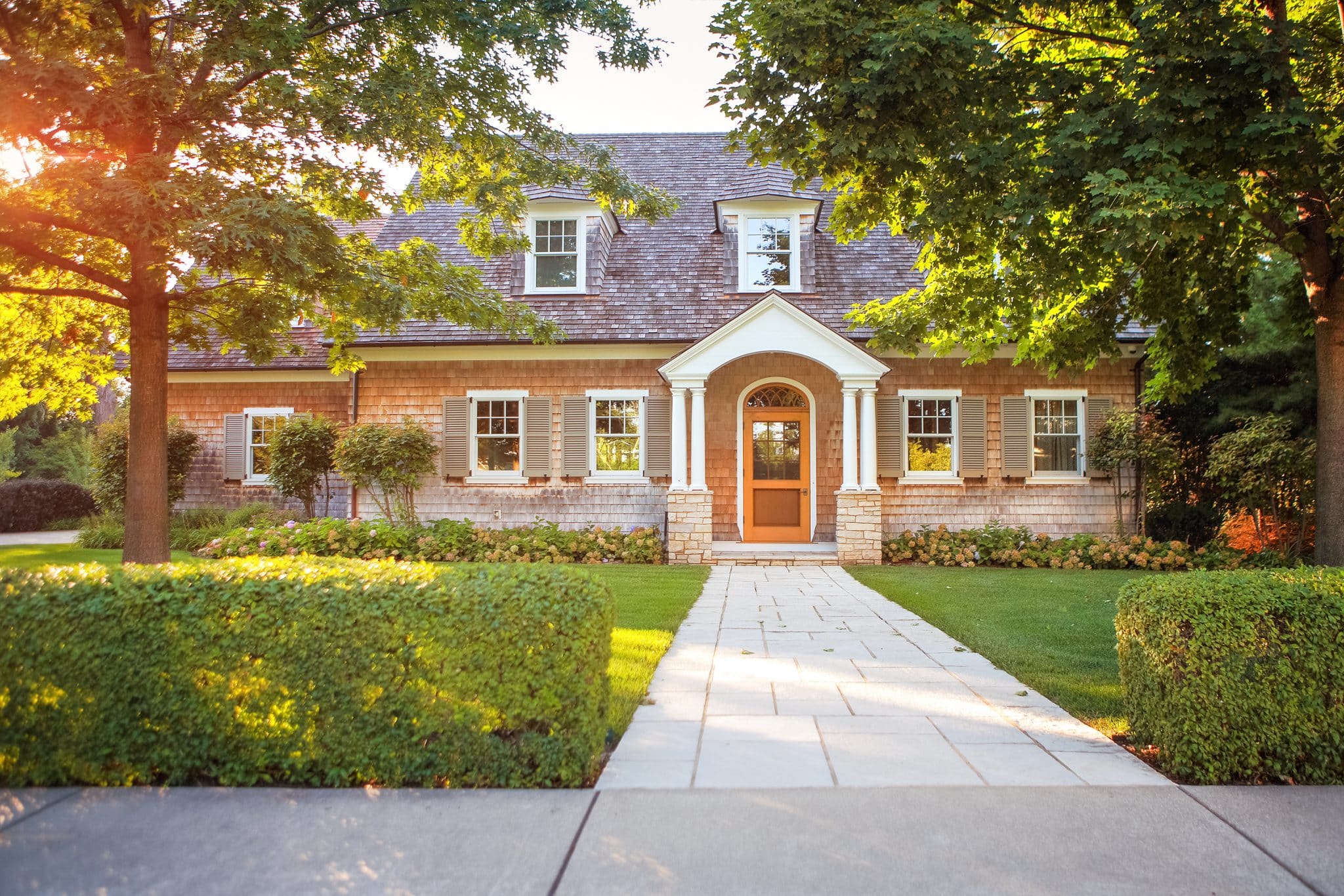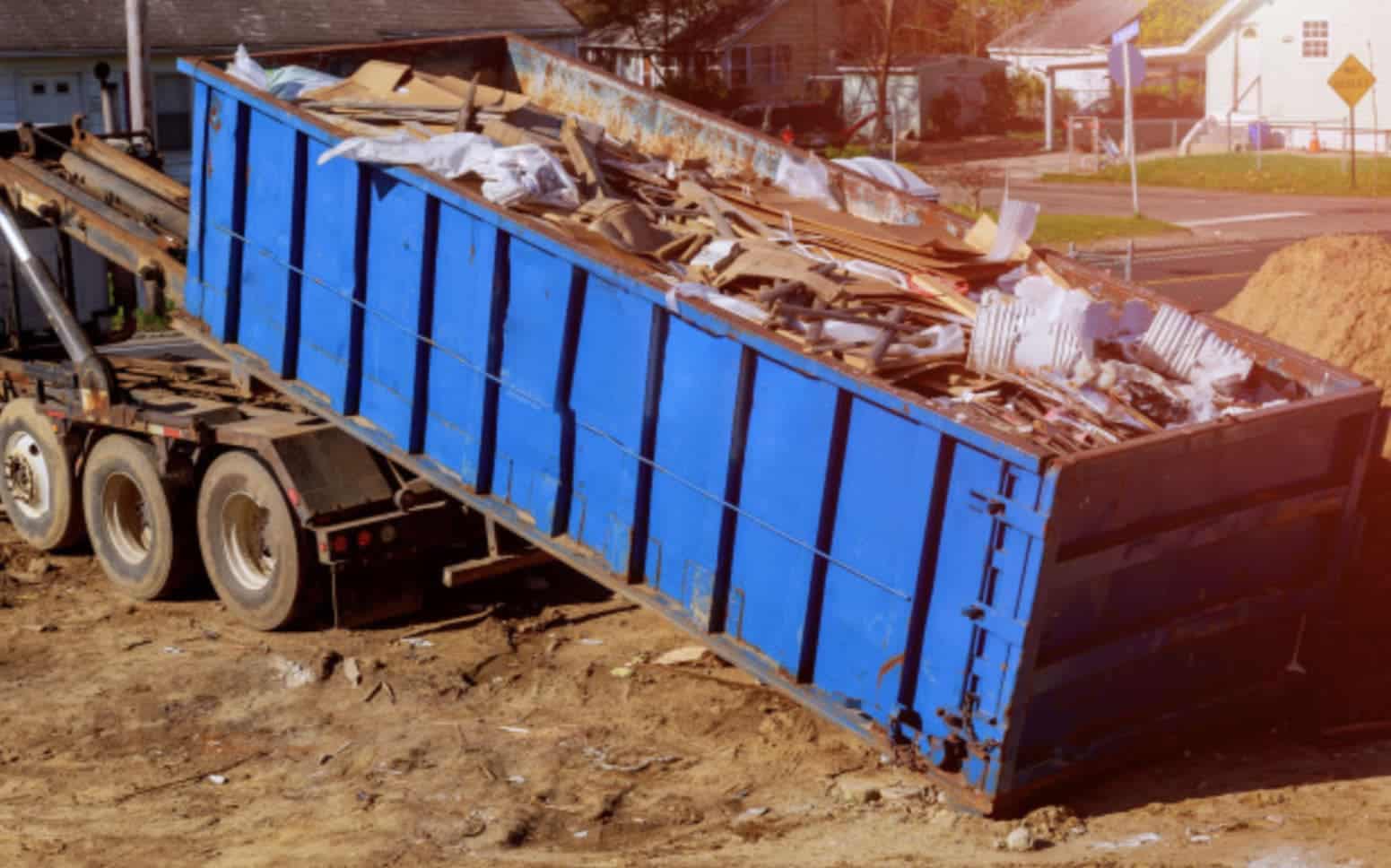Exploring Energy Solutions For Your Home
Homeowners are looking for ways to simultaneously save money and be eco-friendly, and that’s driving a surge in interest in modern energy options for their homes. These solutions can help the environment by reducing our carbon footprint while making homes more comfortable and affordable to live in.
With so many new energy options available, it’s important to understand what’s out there to make the best choices for yourself and the planet. This article dives into these exciting advancements, helping you find the perfect fit for your home.
Solar Power Systems
Solar power systems provide an effective way to harness renewable energy directly from the sun through photovoltaic (PV) panels. These systems can be installed on rooftops or in large open areas on the ground.
Solar systems include inverters, batteries, and smart monitors that help homeowners use electricity efficiently and control their energy production. The effectiveness of solar panels depends heavily on their positioned angle, shade, and local climate, so it’s important to seek the help of Fairway Energy or other service providers to install a solar system while considering these factors.
Homeowners often reach a financial break-even point within 7 to 10 years due to reductions in their electric bills and the potential revenue from selling surplus energy back to the electricity grid.
Wind Energy Solutions
Wind energy for residential use involves installing small to medium-sized turbines on a property. These turbines require careful sitting to avoid obstacles that could block the wind, and they are most effective in open spaces.
The size of the turbine will depend on the energy needs of the home and the wind resources available. Small-scale turbines can offset a significant portion of energy consumption, and when used in conjunction with other renewable energy sources, they can lead to complete energy independence.
Regulatory and zoning issues can be significant, so it’s crucial to check local laws before installation.
Geothermal Heating And Cooling
Geothermal systems function by exploiting the constant temperature below the earth’s surface. The installation involves drilling into the ground and installing a loop of pipes. A fluid circulates through these pipes, transferring the subsurface heat to the house during winter and reversing the process in the summer.
While geothermal HVAC systems come with a higher upfront price tag, they make up for it in the long run. These systemsare super efficient, running quietly and needing minimal maintenance once installed.
The reason for their efficiency is the constant, stable temperature underground, which traditional HVAC systems lack. This translates to much lower operating costs compared to traditional options.
Energy-Efficient Appliances
Modern energy-efficient appliances use advanced technology to minimize electricity and water consumption. For instance, modern energy-efficient refrigerators use sensors and microprocessors to manage temperature more effectively and reduce energy use.
Washing machines with load-sensing technologies adjust water usage based on the weight of the clothing. While these appliances might come at a higher upfront cost, the savings in utility bills over time cover these expenses. They also often offer superior performance and longer lifespans than their less efficient counterparts.
Smart Home Technology
Smart home technology encompasses a range of devices that connect via the internet, allowing remote and automated control over home systems like heating, lighting, and security. Smart thermostats learn the household’s schedule and adjust heating and cooling to maximize comfort and efficiency. Plus, smart lighting can adjust the brightness based on the time of day or presence in the room.
Smart home tech isn’t just about making your life easier; it’s also a champion for the environment. These technologies can significantly cut down on wasted energy, shrinking your home’s carbon footprint while keeping you safe and comfortable.
Insulation And Home Retrofitting
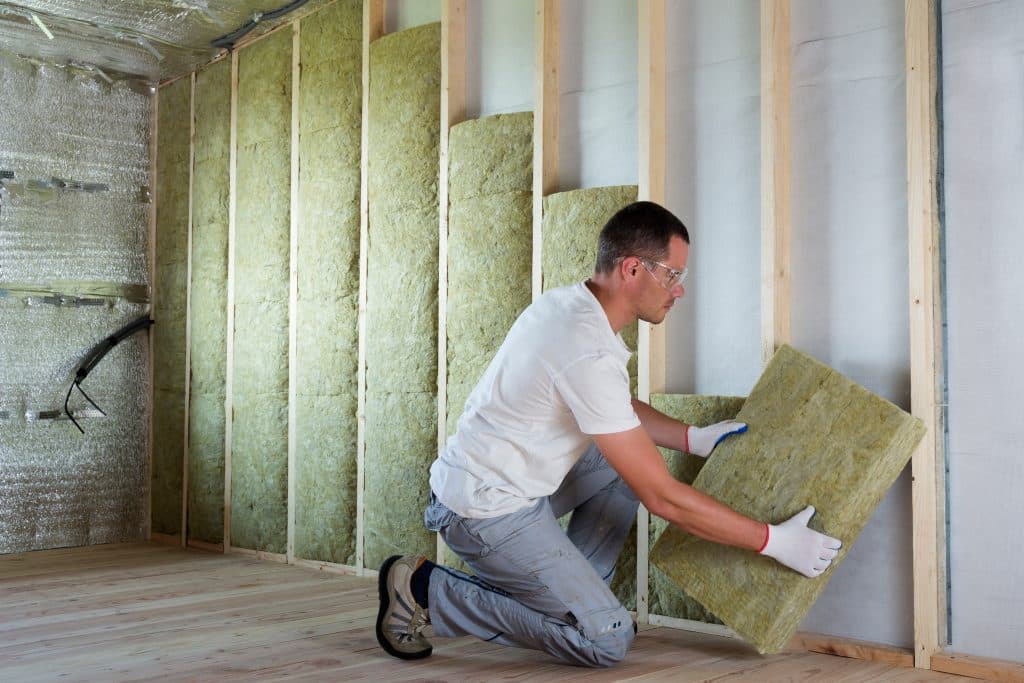
Proper insulation is essential for maintaining the energy efficiency of a home. It involves materials that provide resistance to heat flow and are essential for keeping warmth in during the winter and out during the summer.
Sealing windows and doors with weather stripping or replacing them with energy-efficient options keeps the warm or cool air inside, exactly where you want it. Adding proper insulation further reduces the workload on your heating and cooling systems.
This translates to lower energy bills and faster payback on your investment all while keeping you comfortable year-round.
Green Building Materials
Using green building materials supports sustainable construction practices. These materials include recycled content, enhance the building’s overall sustainability, and reduce the environmental impact associated with the extraction, transport, and processing of raw materials.
Sustainable materials like bamboo, cork, and recycled metals are not only eco-friendly, but they’re also surprisingly durable and attractive. Plus, advancements like low-VOC paints and adhesives keep your indoor air fresh and healthy for you and your family.
Wrapping Up
Homeowners hold the key to building a sustainable future! By exploring the exciting range of energy solutions available, from solar and wind power to smart tech and eco-friendly building materials, you can create a home that’s both good for the environment and saves you money. Every choice you make paves the way for a greener future for yourself and generations to come.


